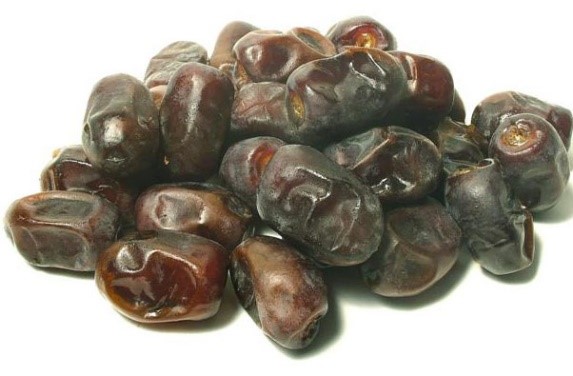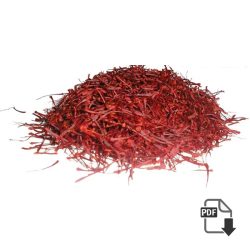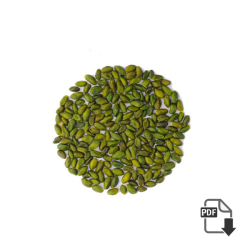A Guide for Importers and Buyers
Why Export Sumac?
Sumac is a vibrant, tangy spice derived from the dried and ground berries of the Sumac plant, primarily found in the Middle East and Mediterranean regions. Its unique flavor profile and rich red color make it a popular ingredient in various culinary dishes, salads, and marinades. As the global demand for natural and exotic spices continues to rise, exporting high-quality sumac presents a lucrative opportunity for businesses. Understanding the best types of sumac for export can help you meet market demands, satisfy consumer preferences, and enhance your product offerings.
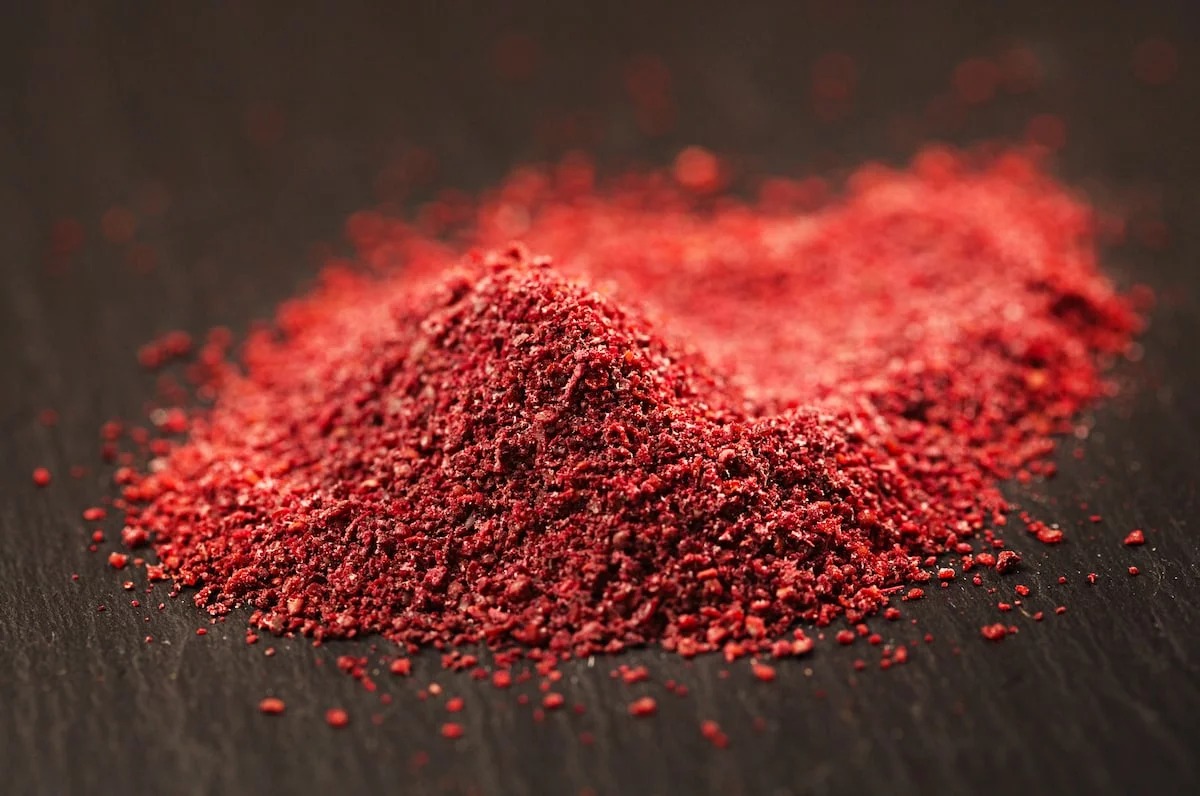
Top Types of Sumac for Export
1. Middle Eastern Sumac (Rhus coriaria)
Middle Eastern sumac, or Rhus coriaria, is the most commonly exported variety and is highly regarded for its vibrant flavor and aroma. This type of sumac has a deep red color and a tangy, lemony taste, making it an essential ingredient in Middle Eastern dishes, such as fattoush and za’atar. Middle Eastern sumac is versatile and can be used as a seasoning for meats, vegetables, and grains. Its high demand in international markets makes it an ideal choice for exporters looking to supply authentic culinary ingredients.
https://www.irandriedfruit.com/sumac-health-benefits/
2. Mediterranean Sumac
Mediterranean sumac is similar to Middle Eastern sumac but may vary slightly in flavor and color depending on its growing conditions. This variety is often used in Mediterranean cuisine, where it adds a unique tanginess to salads, dressings, and grilled meats. Mediterranean sumac is favored in Europe and North America, where consumers appreciate its culinary versatility and health benefits. Importers seeking to cater to health-conscious and gourmet markets will find this variety highly appealing.
3. Wild Sumac
Wild sumac, which grows in various regions, offers a more intense flavor than cultivated varieties. This type of sumac is often foraged and processed by local producers. While less commonly exported, wild sumac has a loyal following among culinary enthusiasts who seek unique and authentic ingredients. Its distinct taste and organic nature make it a valuable option for niche markets focused on artisanal and sustainable products.
4. Sumac Powder vs. Whole Berries
When exporting sumac, it’s essential to consider whether to offer it in powdered form or as whole berries. Sumac powder is convenient for consumers and chefs, making it easy to incorporate into recipes. However, whole berries can appeal to those who prefer to grind their spices fresh for enhanced flavor. Providing both options can help you cater to a broader range of customers and their preferences.
Key Considerations for Exporting Sumac
1. Quality and Purity
Ensuring the quality and purity of sumac is paramount for exporters. Buyers look for sumac that is free from contaminants, additives, and fillers. Conducting regular quality checks and sourcing from reputable suppliers will help maintain product integrity. High-quality sumac not only meets consumer expectations but also helps build long-term relationships with buyers.
2. Sourcing and Certification
When exporting sumac, consider sourcing from regions known for their high-quality production, such as Turkey, Syria, and Iran. Certifications like organic or fair trade can enhance your product’s appeal, especially in markets where consumers prioritize sustainability and ethical sourcing. Providing certification documentation can also help ease the import process and boost buyer confidence.
3. Market Trends and Consumer Preferences
Understanding market trends and consumer preferences is crucial for successful exporting. Researching the culinary uses of sumac in various regions can inform your marketing strategies and product offerings. As the popularity of Middle Eastern cuisine grows, there is an increasing demand for authentic spices like sumac. Tailoring your exports to meet these trends can lead to greater success.
other products
-
Whole dried apricot Special wholesale price + analysis + sale offer
This variety is very sweet with an orange color. Sulfur is added to whole dried apricots in order to maintain the natural color, prevent bug infestation, and increase preservation.
-
Dried lime Powder
Dried Lime: Producer area: Fars, Hormozgan How to store: Fresh dried lime is in mustard color and sour taste. Dried lime in big size and darker color is the one with high quality. It can be stored in dry place…
-
Dried Prune
Since time immemorial, dried plume has been reputed for its anti-conception properties. However its benefits have gone beyond this. Wishing to lose some weight, we highly recommend you to put dried plume to your diet, either in your food or…
-
Sargol Saffron | most economical saffron for import
Sargol Saffron | most economical saffron for import : sargol saffron consists only of Dark Red Stigma (thread) Tips. So. in other words all the white and orange parts are removed. This saffron is the second most expensive type of…

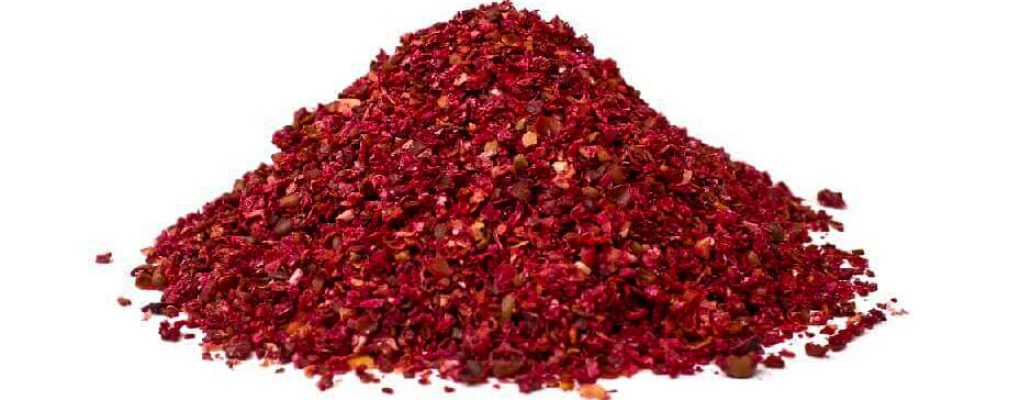
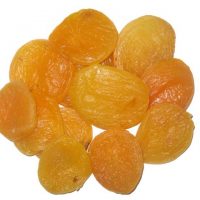
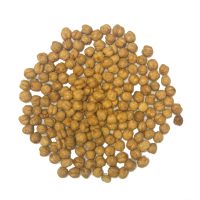
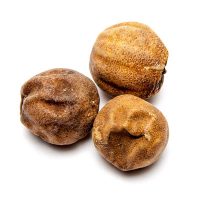
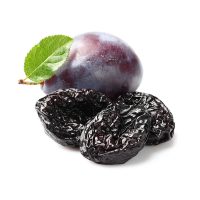
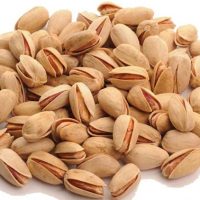
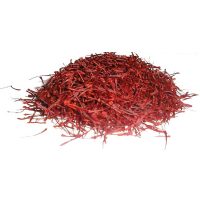

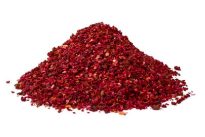
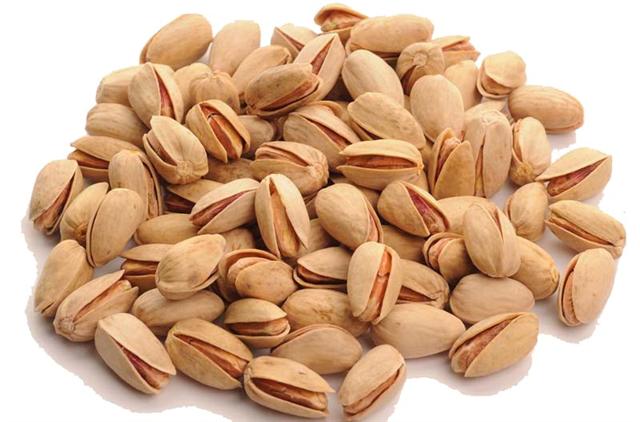
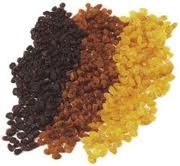 3 kind raisin
3 kind raisin 